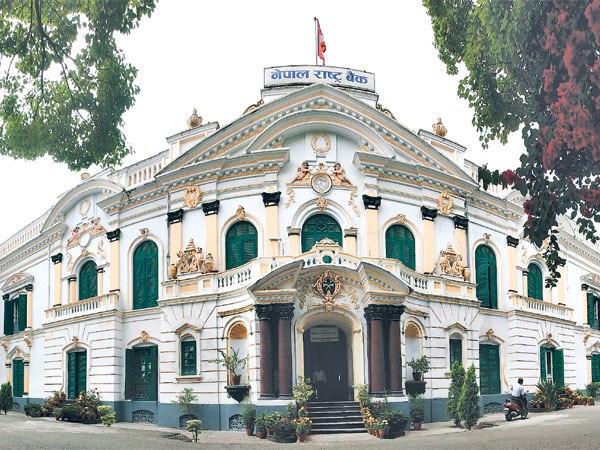Lack of uniformity creates confusion in trade data
KATHMANDU, NOVEMBER 26
Lack of uniformity in data compiled by different government bodies has created confusion regarding trade statistics once again, as discrepancies have been noticed in data on import and export of different commodities compiled by the Trade and Export Promotion Centre (TEPC) and Nepal Rastra Bank (NRB).
There has always been a disparity in trade data compiled by these bodies, although they collect data from the same source, which is the Department of Customs (DoC). This has raised a question on the reliability of trade statistics.
TOP FIVE IMPORTS AS PER NRB IN FIRST THREE MONTHS OF 2020-21
Import value
Share in total imports
Transport equipment and parts + vehicles + tyres
Rs 24.74 billion
8.50%
Petroleum products
Rs 23.18 billion
7.90%
Other machinery and parts
Rs 15.03 billion
5.10%
Rice
Rs 10.6 billion
3.60%
MS Billet
Rs 9.86 billion
3.40%
TOP FIVE IMPORTS AS PER TEPC IN FIRST THREE MONTHS OF 2020-21
Import value
Share in total imports
Iron and steel products
Rs 28.1 billion
9.60%
Petroleum products
Rs 23.18 billion
7.90%
Machinery and other parts
Rs 22.8 billion
7.80%
Transport vehicles and parts
Rs 19.8 billion
6.80%
Cereals
Rs 19.8 billion
6.80%
For instance, the macroeconomic report of Nepal Rastra Bank shows that the country imported transport equipment and parts and vehicles and tyres worth Rs 24.74 billion in the first three months of the current fiscal year. This is around Rs five billion more than the statistics compiled by the TEPC. Data from TEPC shows that transport vehicles and parts worth Rs 19.8 billion were imported during the same period.
“There is discrepancy in the data due to the difference in grouping of the products in specific categories,” said Ram Neupane, assistant director of NRB’s External Sector Division under the Economic Research Department. Further explaining, he said, “We have additionally included tyres, tubes and flaps, and equipment used for railway fittings, among others under the category of transport vehicles and parts while categorising the products. As a result, the import data under this category compiled by NRB is higher.”
The central bank has listed transport equipment and parts, vehicles and tyres in the top position among imported commodities stating it has 8.5 per cent contribution in total imports, while TEPC has listed the same category in fourth position with total share of 6.8 per cent in total imports in the country in the review period.
There is also discrepancy in data of machinery parts imports. As per NRB, the country imported machinery and other parts worth Rs 15.03 billion while as per TEPC, the amount is Rs 22.8 billion. “TEPC is found to have grouped overall machinery equipment under machinery parts category while NRB only takes specific items which has resulted in a difference in statistics,” said Neupane.
He further said that the central bank has listed rice as a separate category while TEPC has included it in cereals category and such differences have created a disparity in the data compiled by the two agencies. “There is no such manual of categorising certain products in specific categories and we have been categorising products in a localised way as per our need,” he added.
Meanwhile, Neupane said that NRB has been raising this issue in the meetings with DoC to identify commodities for particular categories to bring about uniformity in the statistics. “Once DoC takes an initiative on this, there will be uniformity in trade data of different agencies,” he shared.
Meanwhile, Anil Thapa, director of Statistics Management Section at DoC, said the department had made it mandatory to follow certain mandates of grouping while compiling data. “We will ask the concerned agencies about the discrepancy in data.”
“We have also formed an 11-member Technical Coordination Committee with representatives from different stakeholders concerned with statistics including TEPC, NRB, Ministry of Finance, Central Bureau of Statistics, among others and conduct meetings every four months to address the difficulties faced by authorities who compile the data but the latest meeting has been delayed due to COV- ID-19,” he informed. “We will hold a meeting by mid-December and take necessary steps to bring uniformity in data of agencies who use our statistics as primary source.”






